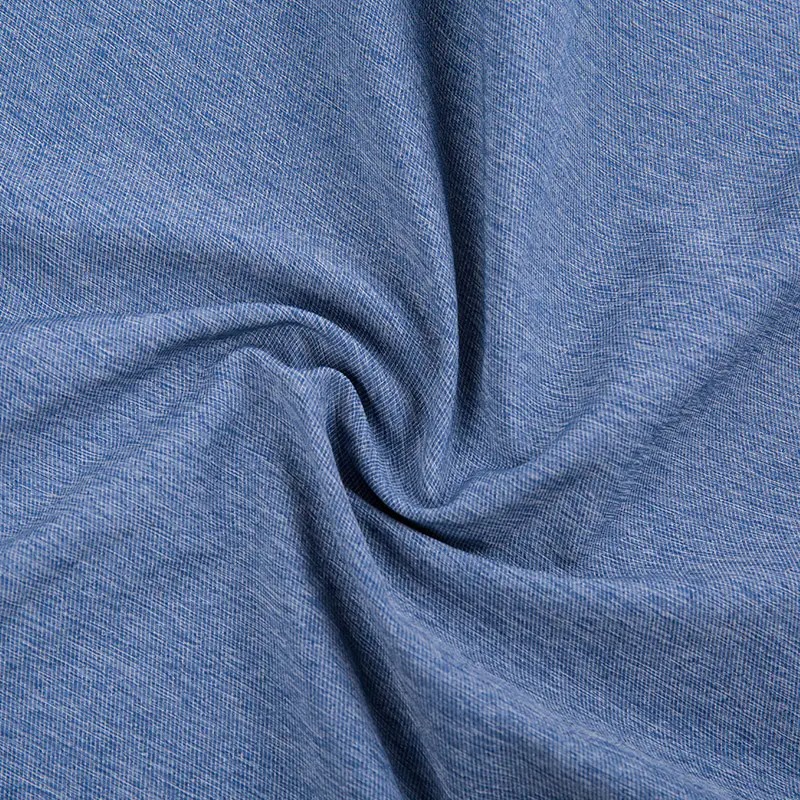 2025.08.12
2025.08.12
 Industry news
Industry news

When it comes to beachwear, the fabric choice makes all the difference between comfortable all-day wear and an outfit you can't wait to take off. Beach pants fabric needs to meet several important criteria to be considered ideal for coastal environments.
The beach pants material should possess these essential qualities:
Here's how the popular beach pant fabrics stack up against each other:
| Fabric Type | Dry Time | Breathability | UV Protection | Durability |
|---|---|---|---|---|
| Linen | Moderate | Excellent | Good | Fair |
| Rayon | Slow | Good | Fair | Poor |
| Nylon | Very Fast | Good | Excellent | Excellent |
| Polyester | Fast | Fair | Good | Excellent |
| Cotton | Slow | Excellent | Poor | Good |
When temperatures rise, your beach pants should help you stay cool rather than contribute to overheating. Lightweight beach pants material is essential for tropical climates or summer beach days where heat and humidity combine to create uncomfortable conditions.
The weight of your beach pants fabric affects several aspects of your comfort:
Fabric weight is typically measured in grams per square meter (GSM):
For true lightweight beach pants material, you'll want to stay in the 100-150 GSM range for balance between durability and breathability.
Whether you're swimming, kayaking, or just walking along the shore, quick dry fabric for beach pants ensures you won't stay uncomfortably wet for long. This feature separates specialized beachwear from regular casual pants.
Quick-drying fabrics employ several scientific principles:
The difference in drying times between fabrics can be dramatic:
| Fabric | Time to 90% Dry (Moderate Conditions) |
|---|---|
| Standard Cotton | 2-3 hours |
| Performance Polyester | 20-30 minutes |
| Nylon-Spandex Blend | 15-25 minutes |
| Microfiber Polyester | 10-20 minutes |
Breathable beach pants textiles allow air to circulate while blocking harmful UV rays, creating a comfortable microclimate around your legs. This breathability factor becomes crucial during extended outdoor activities.
Breathability in fabrics is measured by Moisture Vapor Transmission Rate (MVTR), which indicates how well water vapor passes through the material:
Manufacturers use various techniques to improve breathability:
UV protection beach pants cloth goes beyond comfort - it's a health consideration. Quality beach pants should offer at least UPF 30 protection, blocking 96.7% of UV radiation.
Ultraviolet Protection Factor (UPF) indicates how much UV radiation penetrates fabric:
| UPF Rating | UV Radiation Blocked | Protection Category |
|---|---|---|
| 15-24 | 93.3-95.8% | Good |
| 25-39 | 96.0-97.4% | Very Good |
| 40-50+ | 97.5-98+% | Excellent |
Several elements influence a fabric's UV protection capabilities:
Selecting the beach pants fabric depends on your primary activities and personal preferences. Consider these factors when making your decision.
Different beach activities call for different fabric priorities:
Your local weather conditions should guide your fabric choice: